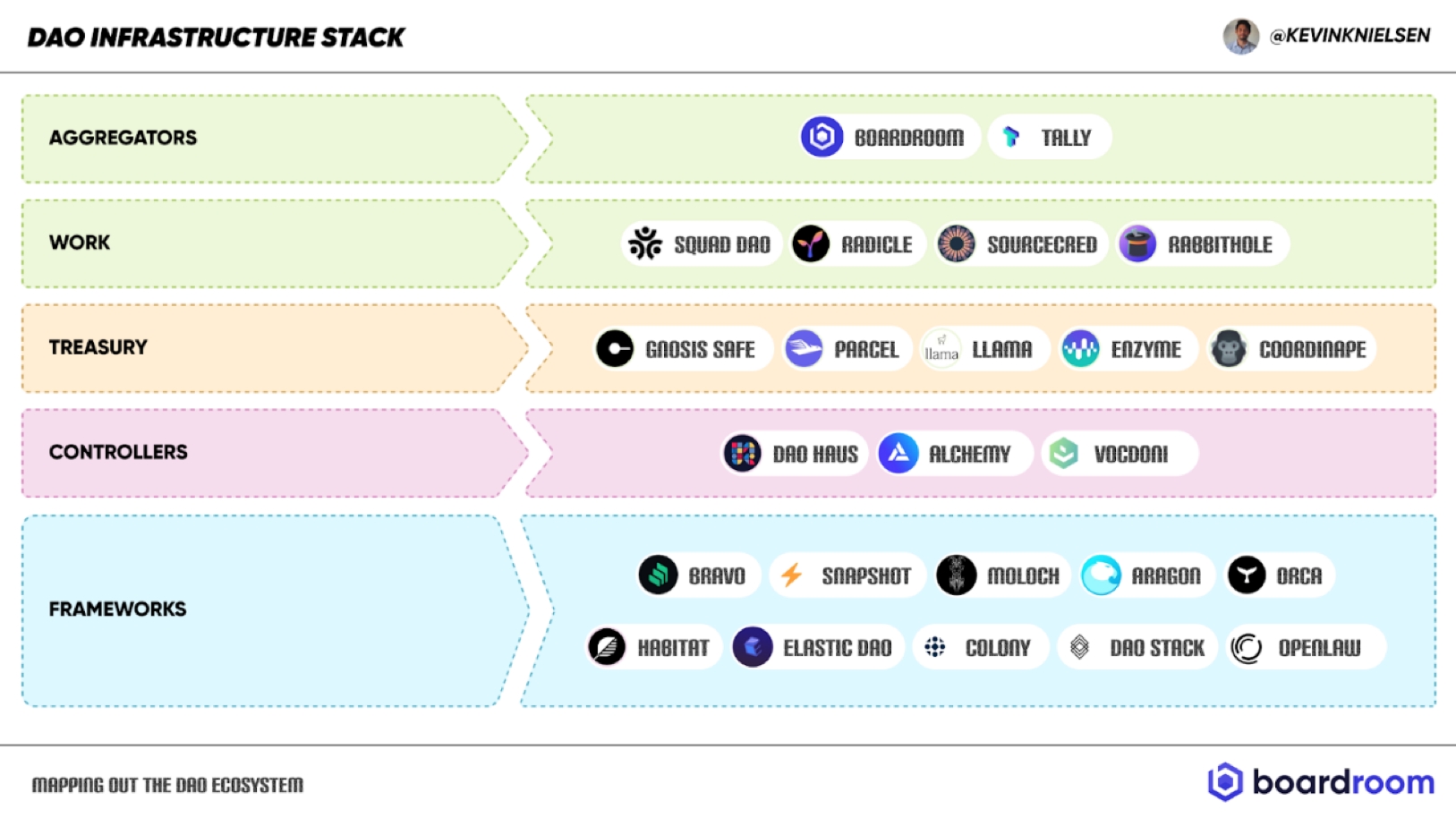M-Port: An AI-Powered DID Platform based on Biometric Information (IV)
The Significance of M-PORT
In the real world, people’s ID documents are indispensable for a well-functioning society. Governments use passports to manage citizen identities. Driving permits grant holders the right to drive a vehicle on the road. Credentials certify the expertise and professional knowledge of holders.
Fully integrating biometric verification, the new DID, which we will call Web 3.0 Passport, will be more capable than ever and create infinite value for people during online economic activities.

NFTs—Identity and Authenticity
Fabricating and copying are two headaches for the art industry. Derek Laufman’s digital artworks were auctioned on Rarible without his knowledge, and this was but one of many such incidents.

Matrix’s version of DID, which integrates biometric verification, can serve as the infrastructure of blockchain. Artists can use Matrix’s finger vein recognition tool to create a DID and put their signatures on any digital or physical asset they sell. This way, both buyers and sellers will have a way to verify the origin of a digital artwork.
In addition, Matrix’s DID will also increase the interaction between artists and communities. By limiting the ownership of certain NFTs to community members only, we can do away with scalpers and offer unique NFTs to certain groups of people specifically.
On a broader level, NFTs will also diversify decentralised identities and make for a more vibrant digital world. Today, some people already use a combination of their username and an NFT as their avatar on the Internet. For instance, Richard, co-founder of Manifold, refused to accept a bid of 9.5 million USD for his NFT (CryptoPunk 6046), saying that he sees this NFT as part of his identity and personal brand.
Unlocking the Next Stage of DeFi
Collateral loans are not only the central function of DeFi but also the engine for its growth. Since DeFi completely does away with the issue of trust, anyone can benefit from the financial services it provides. The problem is it’s impossible to assess the risks for a loan based on real-world information. For this reason, loans are often required to be over-collateralised. To acquire a loan through on MakerDAO through ETH, one has to pledge a 130% to 170% collateral. Although collateral loans helped the growth of the DeFi market last year to a great extent, its high collateral requirement also caused the forced liquidation of countless crypto investors’ assets in turbulent market conditions.
Loosing or even removing collateral requirements will be the key to DeFi’s mass adoption. If M-Port can become part of blockchain’s infrastructure, we will be able to use people’s bio-information to build credit for them on-chain and give loans accordingly. To maintain good credit on-chain, users are also motivated to make responsible financial decisions. This way, M-Port will introduce democracy to DeFi.

Integrating biometric verification will solve two other problems for DeFi:
A. ID verification will make it impossible for bots to snatch away large numbers of airdropped tokens so that airdrops will become fairer for real participants;
B. Using DID to monitor accesses to the DeFi pool will reduce instances of harassment and witch attacks, and by providing official assistive tools, we can get more institutions on board.
Decentralised Autonomous Organisation (DAO)
DAO splits voting power into governance tokens. The more tokens a voter has, the more weighting his vote will be assigned. Although it’s true that big token holders will be more invested in the interests of an organisation, small contributors may have their enthusiasm dampened when their proposals don’t receive the same priority. What’s worse, even if someone has established his credibility in one organisation, he will have to start from scratch when he goes to a different one.

M-Port, on the other hand, can span multiple DAOs. Users’ hard-earned credibility will go with them from one organisation to another, saving them a lot of frustration and pain.
Expanding the Matrix Ecosystem
In the future, DID will become the primary port for Web 3.0 traffic. And if M-Port can achieve all the functions we envision, it will lead the DID solution market, and a complete ecosystem of Web 3.0 apps as well as DeFi and DAO projects surrounding M-Port will pop up. All this will make the Matrix ecosystem more vibrant and attract more traffic and partnerships. As the brain of the Metaverse, MANTA also stands to benefit.
Last updated